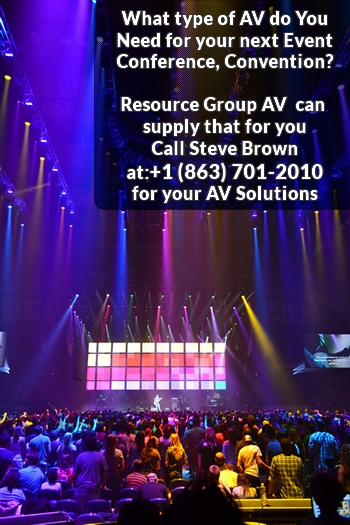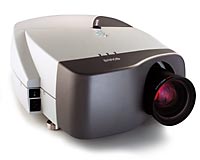Category Conferences, Meetings - by Steve - on March 10, 2013
Planning creative events takes time, preparation and sometimes help from outside people. Creative events are the key words, because everybody knows the basics start with who, what, where, why, when? Fortunately there are people who want to help you succeed and are already waiting to help you.
a. Every venue has its own Event Management Team. Utilize their experience to gain ideas of what is possible in their rooms, what can be flown, weight limits, sizes, have they done “x” before, etc. They see hundreds of shows and events come and go through their properties every year and they will have a good idea of space allocation and seating styles that can work in their rooms.
In a Convention Center over New Year recently one of the Event Managers was able to show our production crew an easy way to run fiber optic cables 350ft underground into the middle of the audience. We had been wondering how do we get the cable there without flying it and then dropping it to the ground, or having to put it in cable ramps. The Event Manager saved both time and money by knowing her facility.
b. Set a realistic budget to spend on the event that includes the ideas you want for the AV. You can not produce a superbowl size event on $60,000 production costs. Develop relationships with AV vendors and ask them their thoughts on costs. If you are in a city with a strong union labor workforce, you need to allocate additional costs of stage hands, loaders, minimum hours, etc.
c. When designing a creative event, meet with your AV supplier and ask for their opinion, thoughts and ideas that they may have. AV companies don’t expect planners to be up-to-date on every piece of gear available, but as industry leaders of technology, we know what equipment is best suited for different events, sizes, performance and can help you put structure to your design.
d. If the client really needs something so different and unusual – hire a set designer who will work with your budget to design a showcase event for you with all the elements of audio, lighting and video. (From my experience they hate the logistics of event planning and only want to be designers) They can draw layouts and specify equipment in conjunction with production management, LD’s, video directors and Audio engineers.
e. If you like a particular AV vendor ask them about traveling to your next event and what costs are involved to do that. Most AV companies travel and after working with you on a couple of events get to know what you are looking for, before you ask. I work with numerous clients that use our company from coast to coast, because they like our service, design and we have a track record of producing successful events even when the parameters of the event change dramatically. Like when a client double booked a show back to back with a national rock concert that took an extra 8 hours longer to unload and we had to load in through the night. The event the next day was seamless and the audience never knew there had been a problem.
Steve Brown Production Director @ Resource Group AV.




